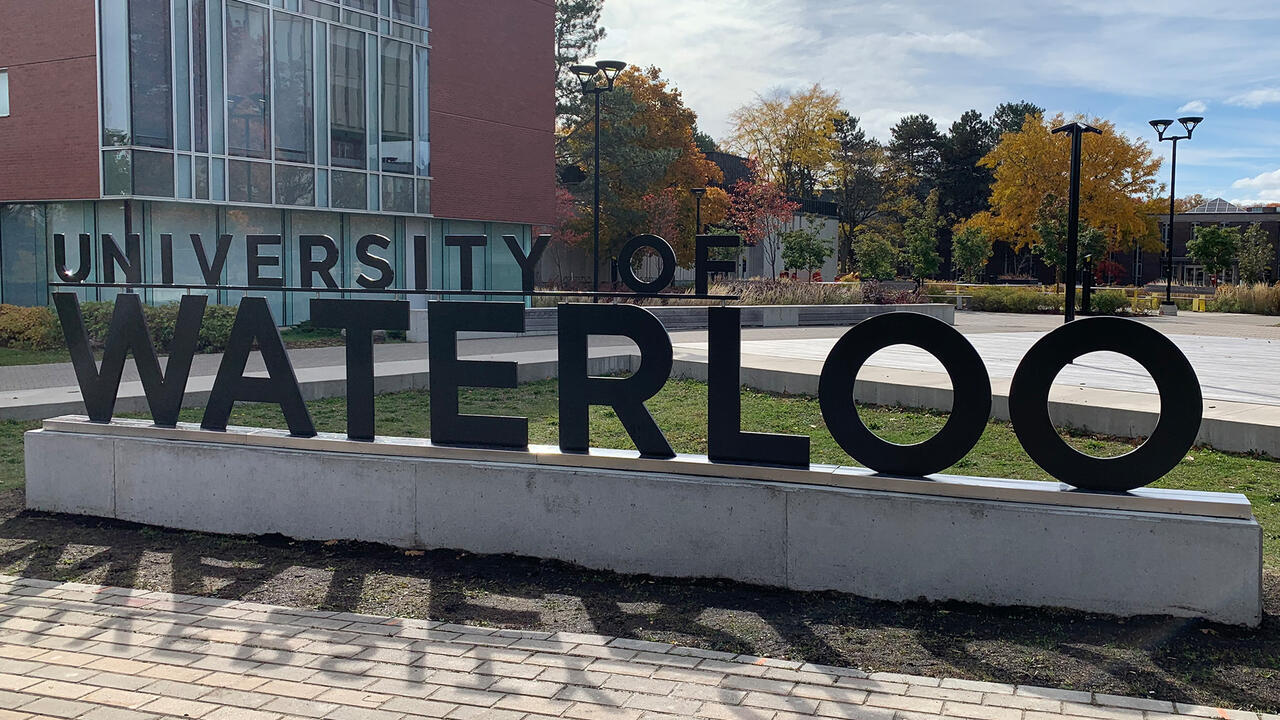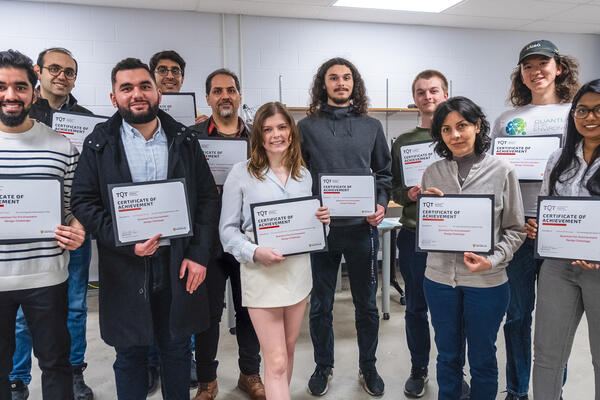
Chilean mine rescue geoengineering triumph explored in University of Waterloo talk
The successful rescue efforts in last year's Chilean mine disaster will be explored during a free public lecture at the University of Waterloo next week

The successful rescue efforts in last year's Chilean mine disaster will be explored during a free public lecture at the University of Waterloo next week
By Media RelationsWATERLOO, Ont. (Wednesday, Feb. 9, 2011) - The successful rescue efforts in last year's Chilean mine disaster will be explored during a free public lecture at the University of Waterloo next week.
Maurice Dusseault and Steve Evans, professors in the department of earth and environmental sciences, will examine the geoengineering triumph in a lecture entitled Disaster and Deliverance: The Chilean Mine Rescue.
"We will describe the mine and the nature of the cave-in, how the miners were located, and how they eventually were brought to surface," said Steve Evans, an engineering geology expert well-known for his work on giant landslides and rock instability in steep terrain.
The talk will be illustrated with images from the mine site before and during the rescue, as well as geological and engineering illustrations explaining the various actions that took place.
"The geoengineering issues associated with the mine were critical to the management decisions made, and we will explain why the hammer drilling that reached the miners was so successful," said Maurice Dusseault, a rock mechanics expert who has worked extensively with salt mines and in the petroleum industry worldwide.
On Aug. 5, 2010, an underground rock collapse isolated 33 miners in the San Jose Mine in the Atacama Desert region of northern Chile. The miners survived underground for a record 69 days.
A large-hole drilling program was initiated by Aug. 30, and on Oct. 13 and 14, all 33 miners were successfully brought to the surface one-by-one in a steel capsule called the Phoenix.
The lecture, hosted by the faculty of science, will be held on Tuesday, Feb. 15 at 7 p.m. in the Physics building, room 145. Please RSVP to scienceevents@uwaterloo.ca. Parking will be available in lot HV at the south end of campus for $3 on entrance.
About Waterloo Science
Since its founding in 1959, Waterloo's faculty of science has been instrumental in placing the university at the forefront of innovation, discovery and learning. The faculty offers more than 50 core science specializations and options in the departments of biology, physics and astronomy, chemistry, and earth and environmental sciences. It is also home to two world-class professional schools, Canada’s only English-speaking optometry school and one of only two pharmacy co-op programs in North America. For more information, go to www.science.uwaterloo.ca.

Read more
Velocity pitch competition winners share exciting startup ideas using artificial intelligence and deep tech, showcasing creativity and entrepreneurial prowess

Read more
Meet the 13 exceptional students representing Waterloo’s newest grads

Read more
12 Waterloo students and postdoctoral fellows receive up to $10,000 in funding to develop their green-tech solutions
The University of Waterloo acknowledges that much of our work takes place on the traditional territory of the Neutral, Anishinaabeg, and Haudenosaunee peoples. Our main campus is situated on the Haldimand Tract, the land granted to the Six Nations that includes six miles on each side of the Grand River. Our active work toward reconciliation takes place across our campuses through research, learning, teaching, and community building, and is co-ordinated within the Office of Indigenous Relations.